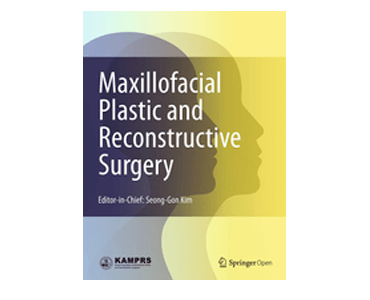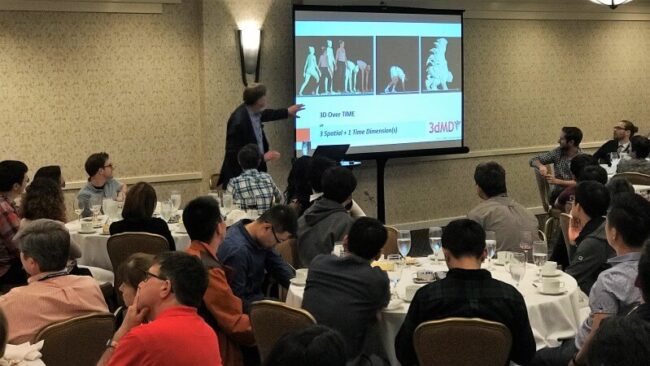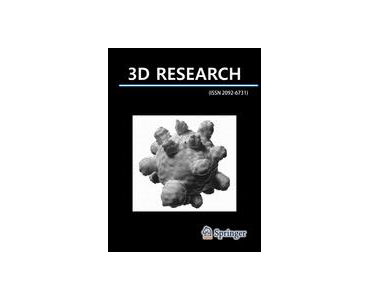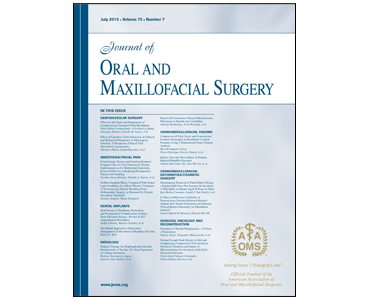Genetics of the human face: Identification of large-effect single gene variants. DJM Crouch, B Winney, WP Koppen, WJ Christmas, K Hutnik, T Day, D Meena, A Boumertit, P Hysi, A Nessa, TD Spector, J Kittler, WF Bodmer.
Date: October 2017 Source: PNAS | Proceedings of the National Academy of Sciences of the United States of America, doi: 10.1073/pnas.1708207114. Significance: The human face is extraordinarily variable, and the extreme similarity of the faces of identical twins indicates that most of this variability is genetically determined. We have devised an approach to increase the…










